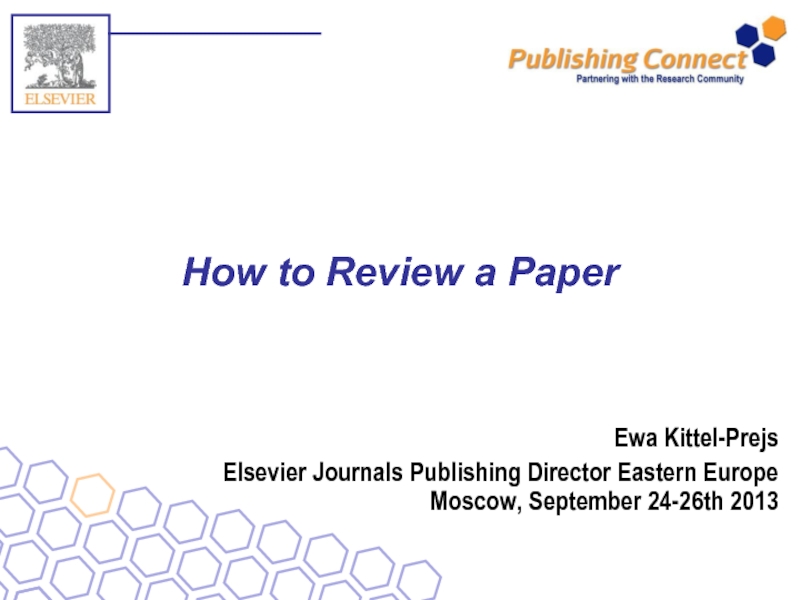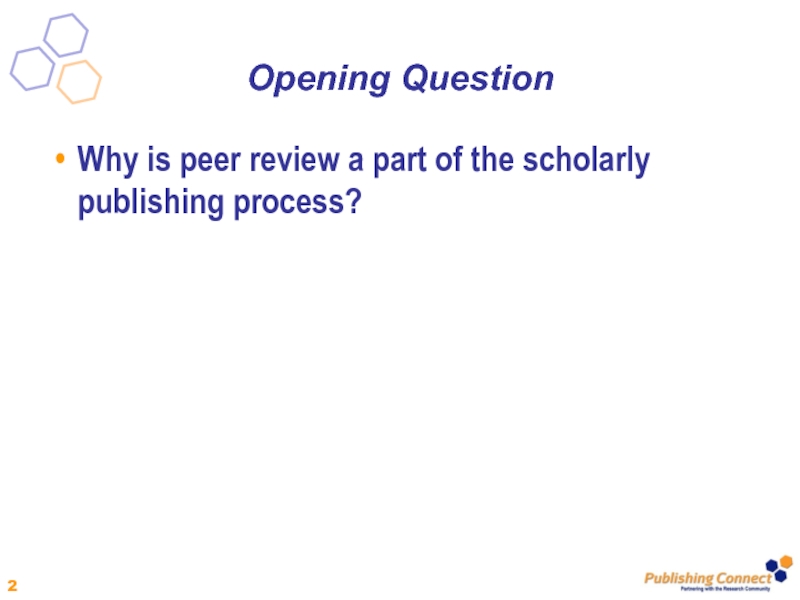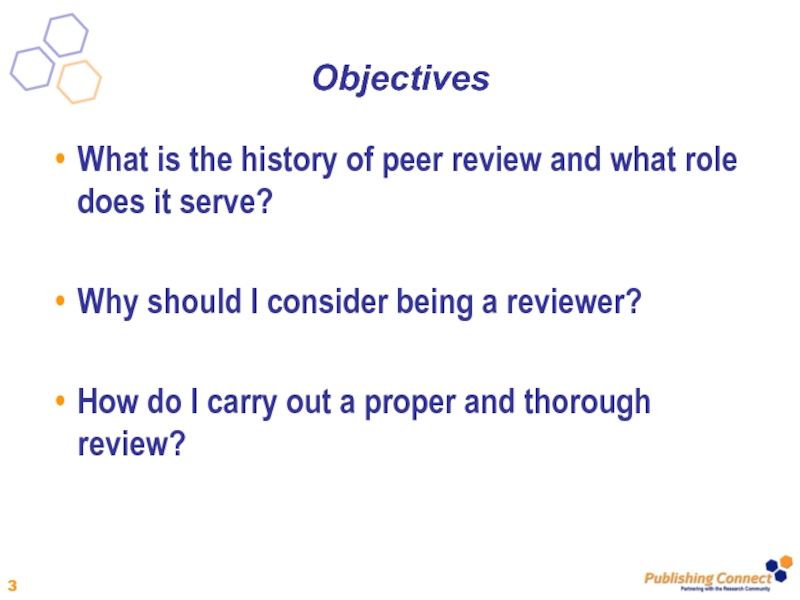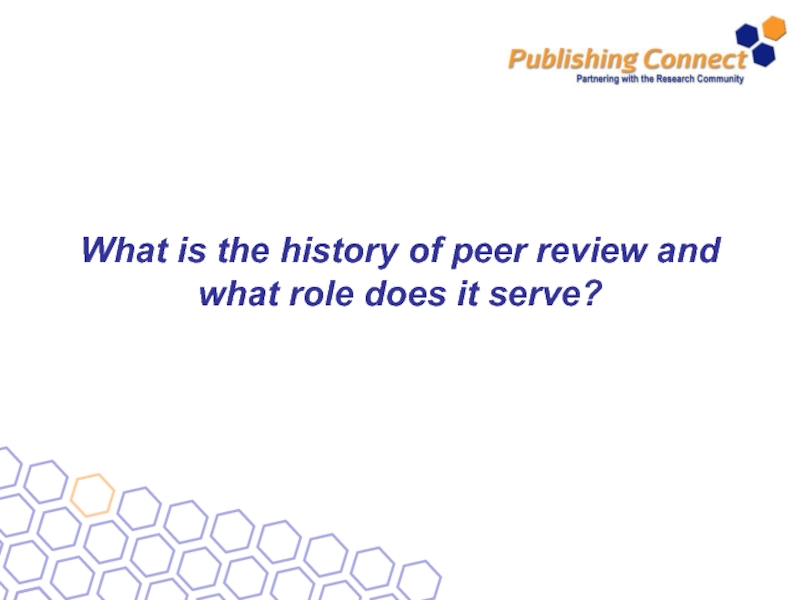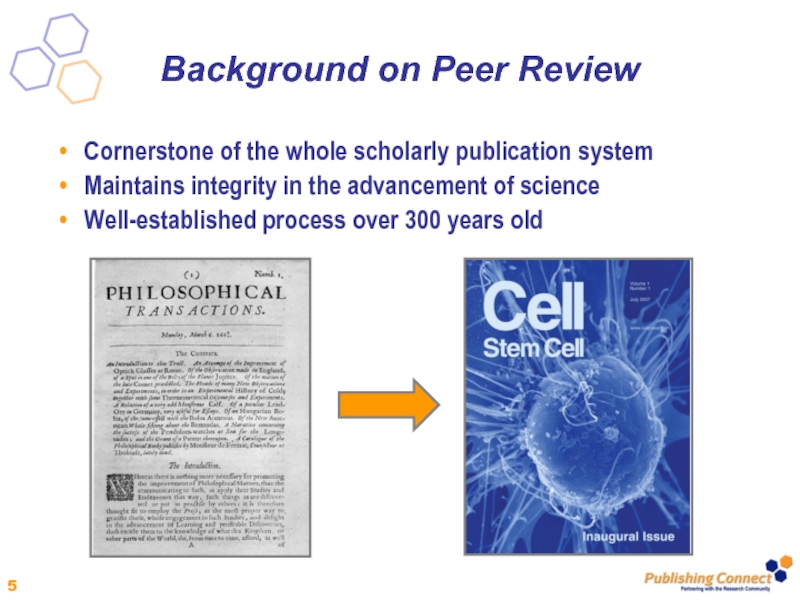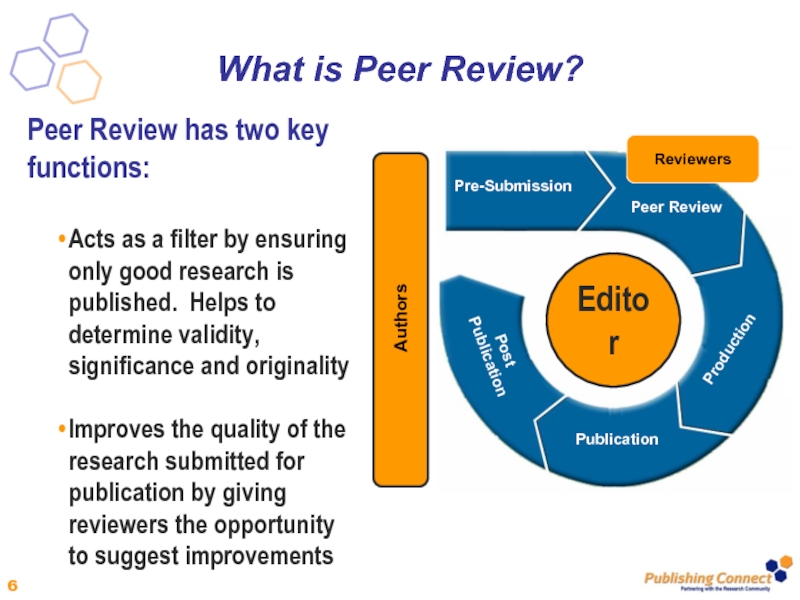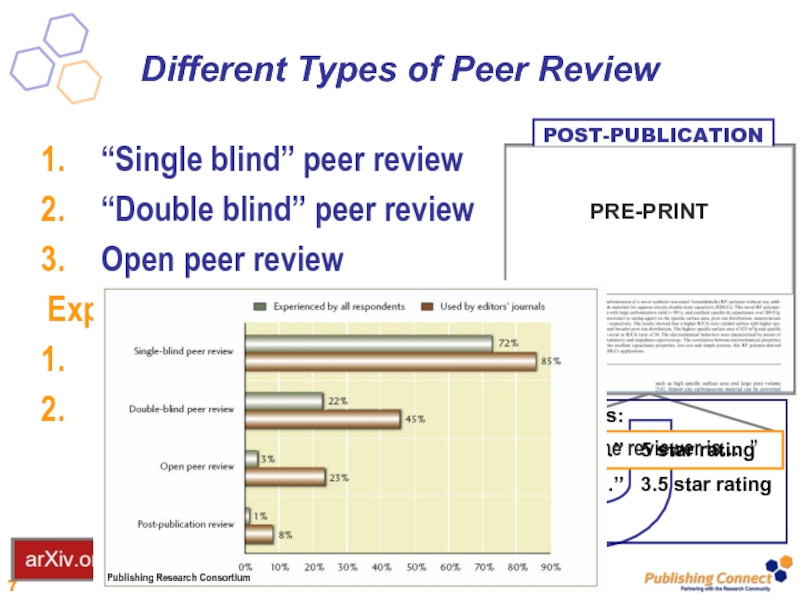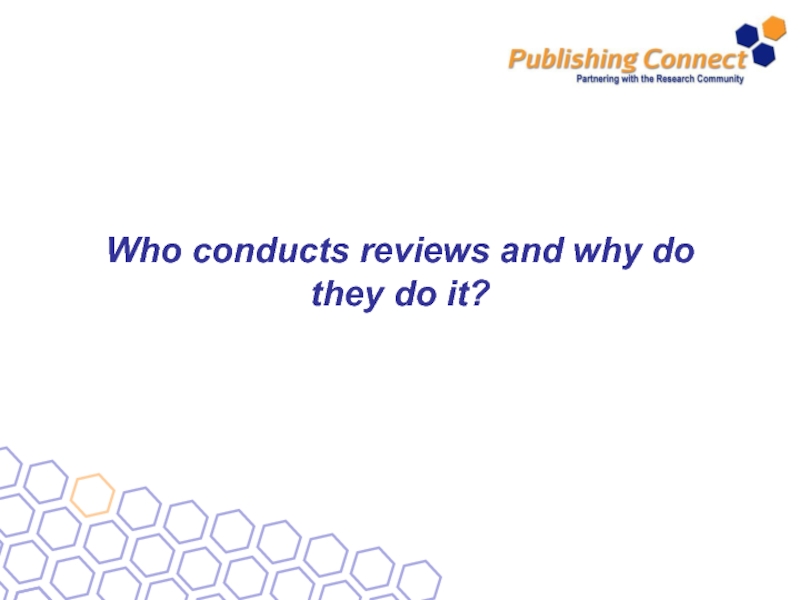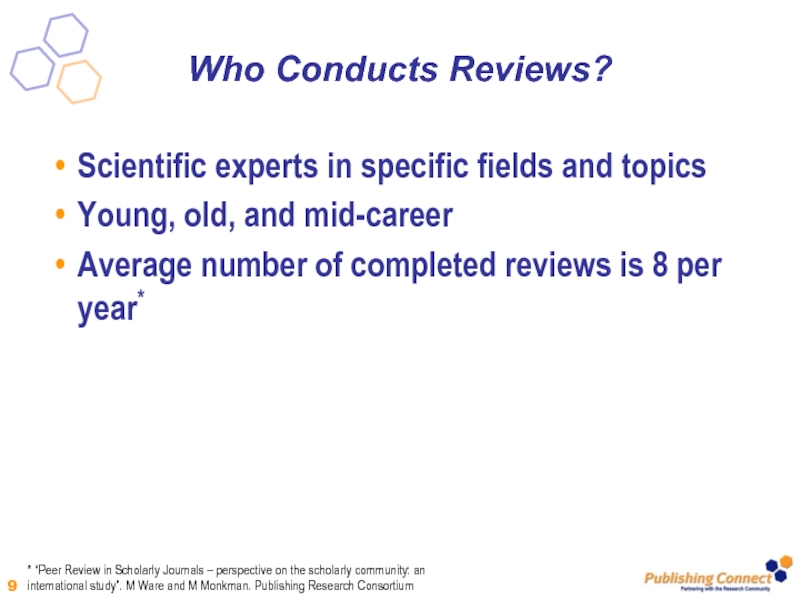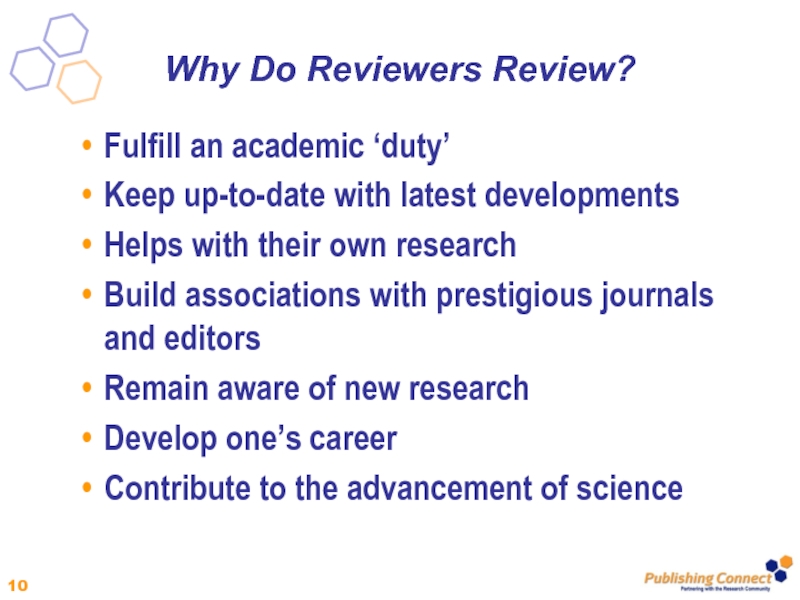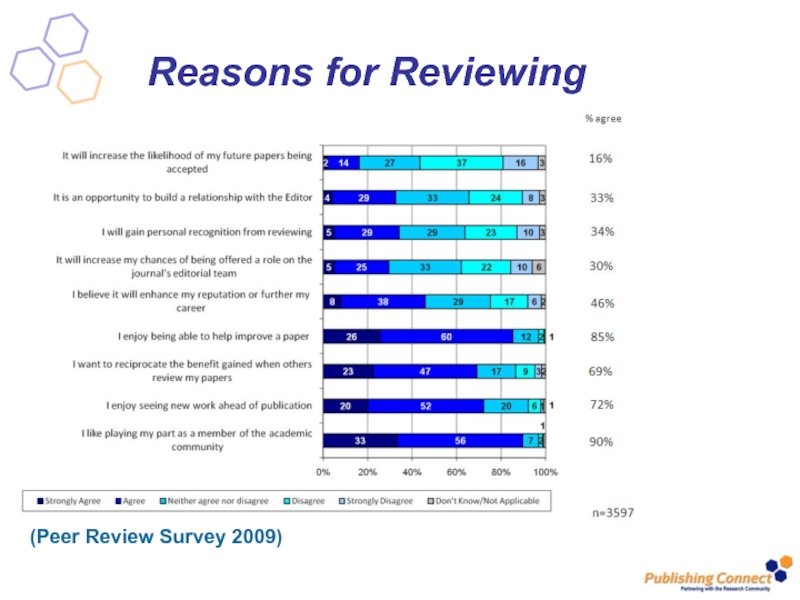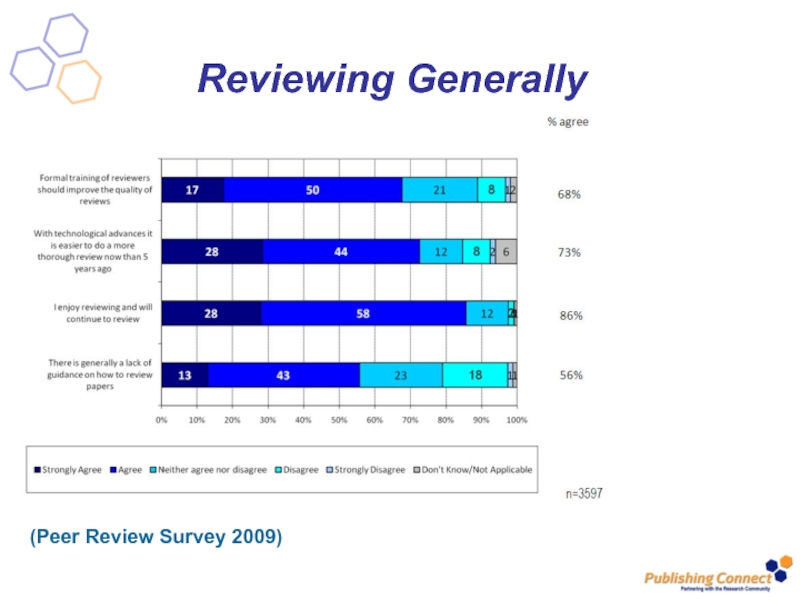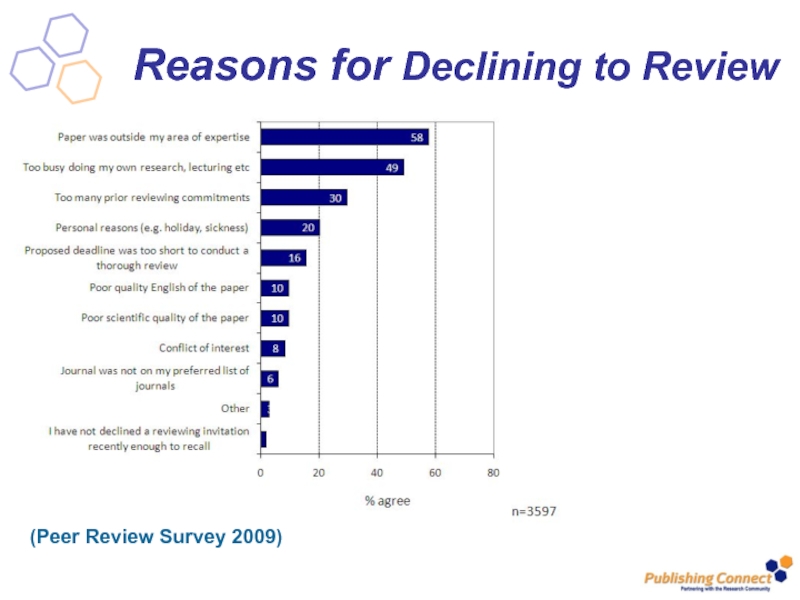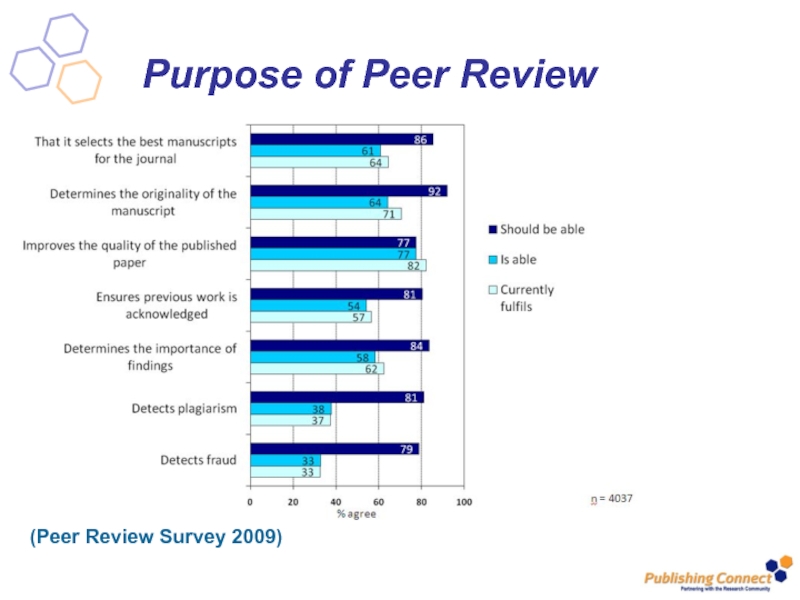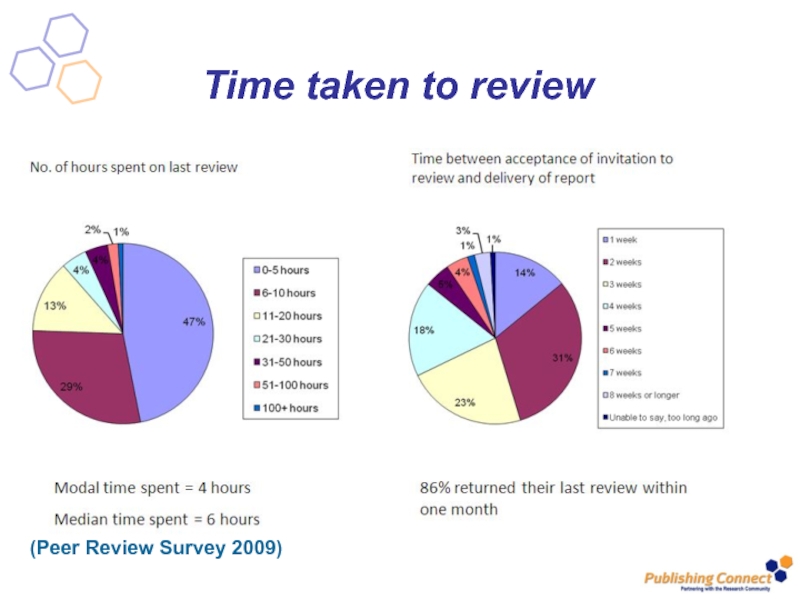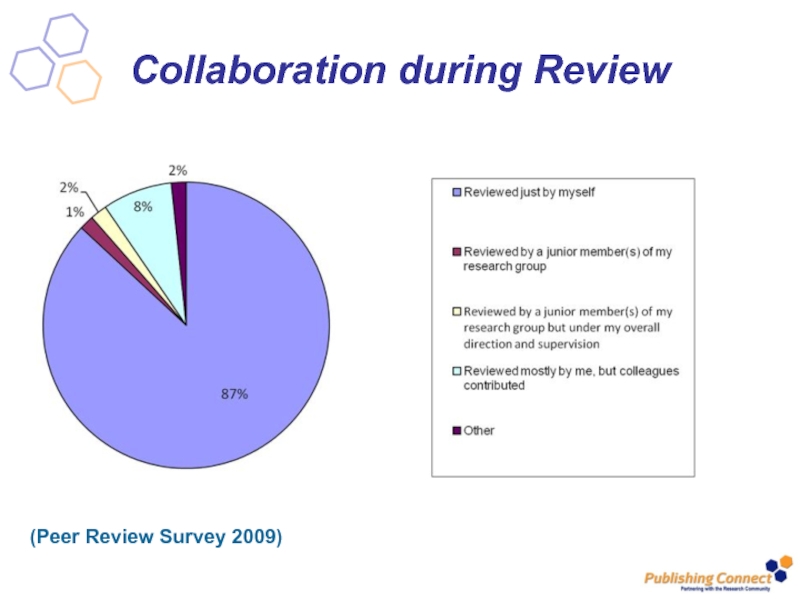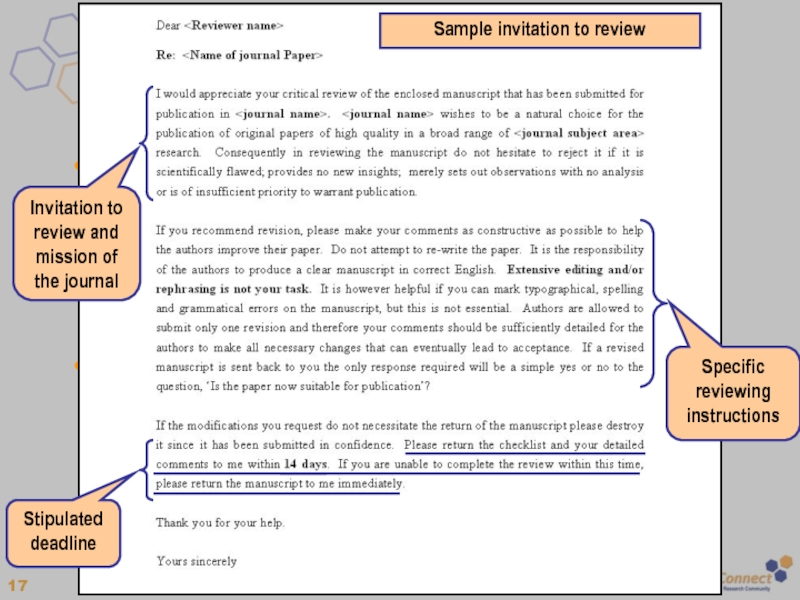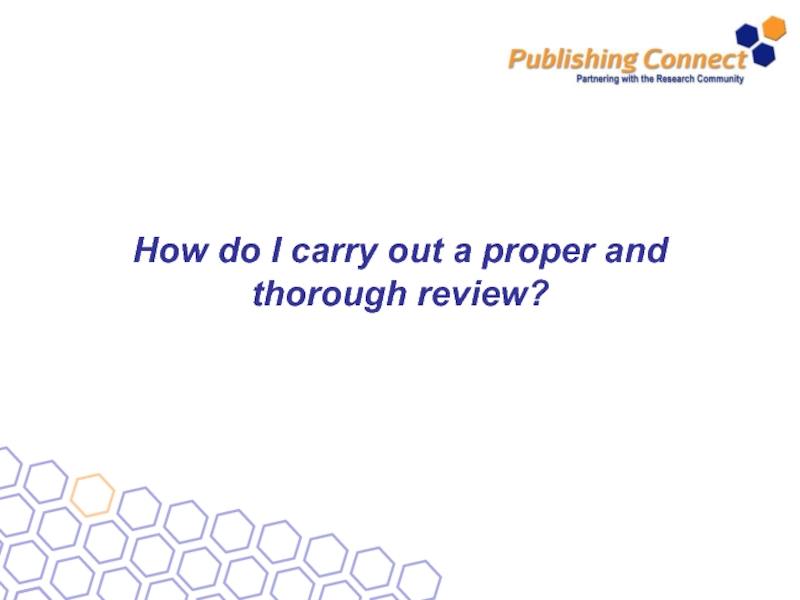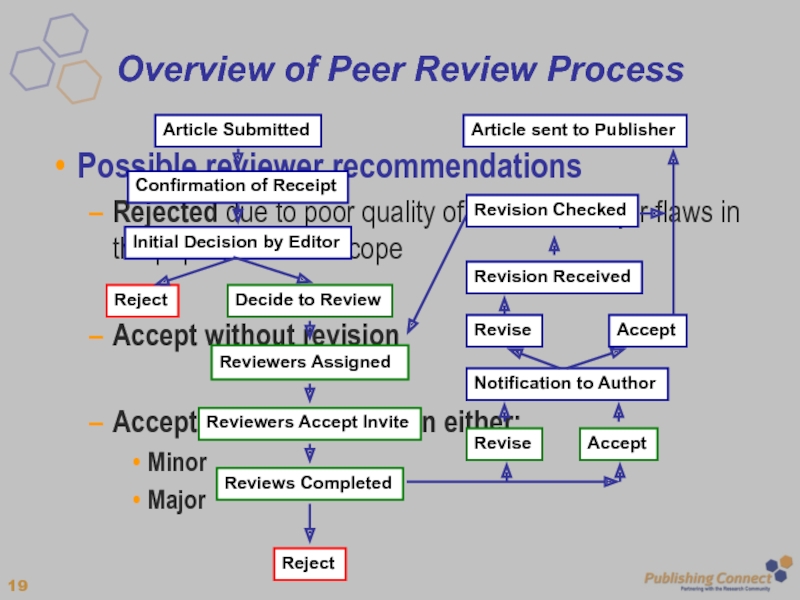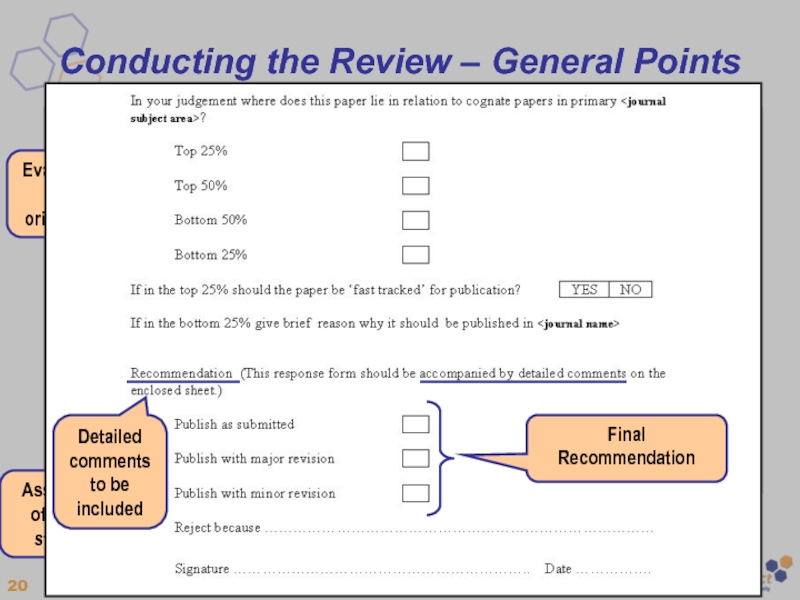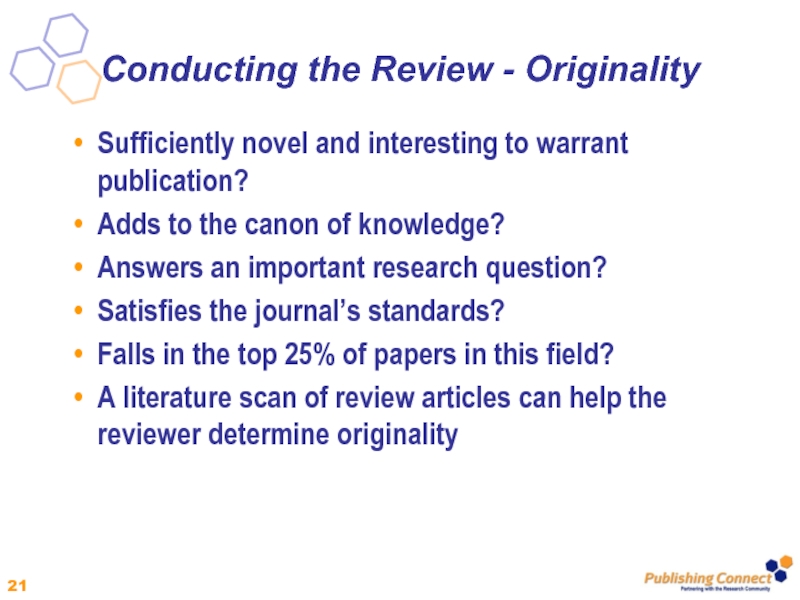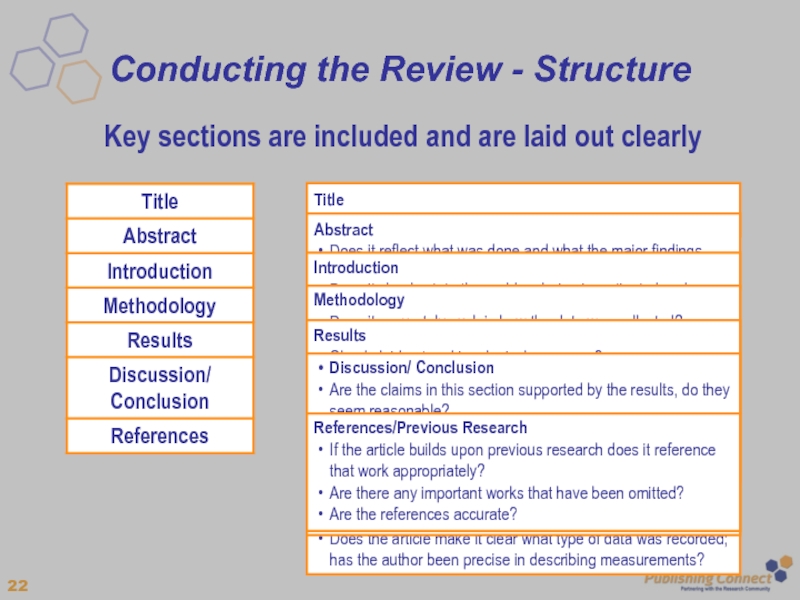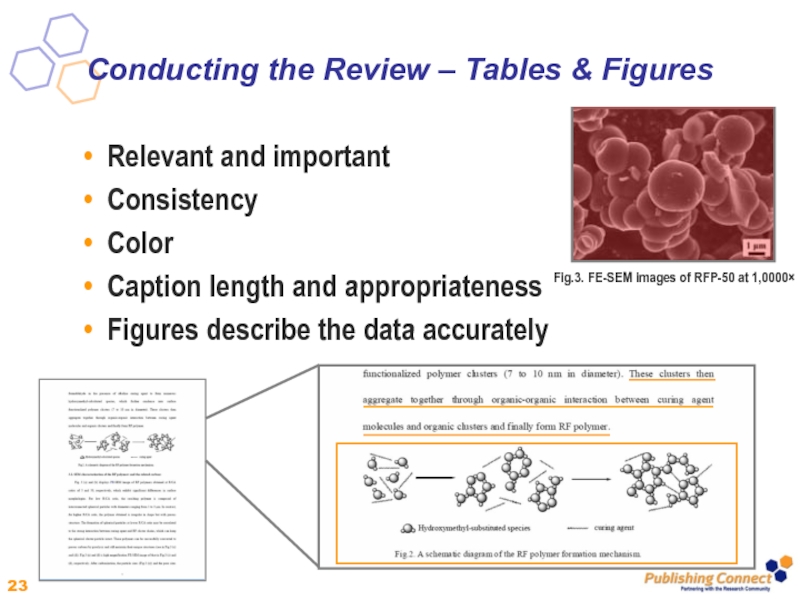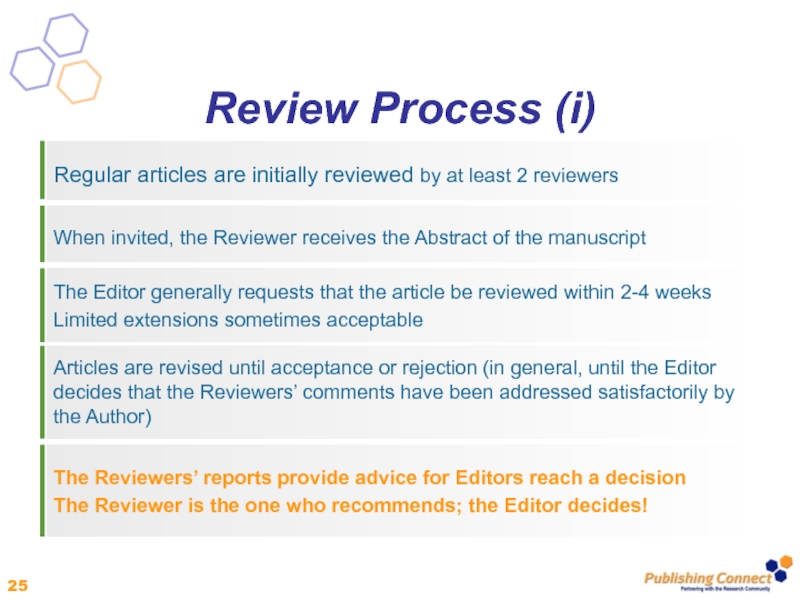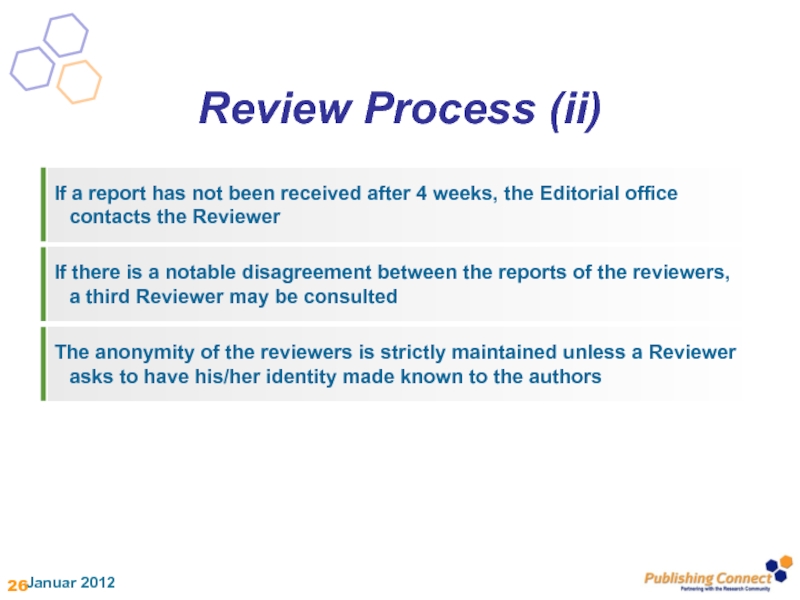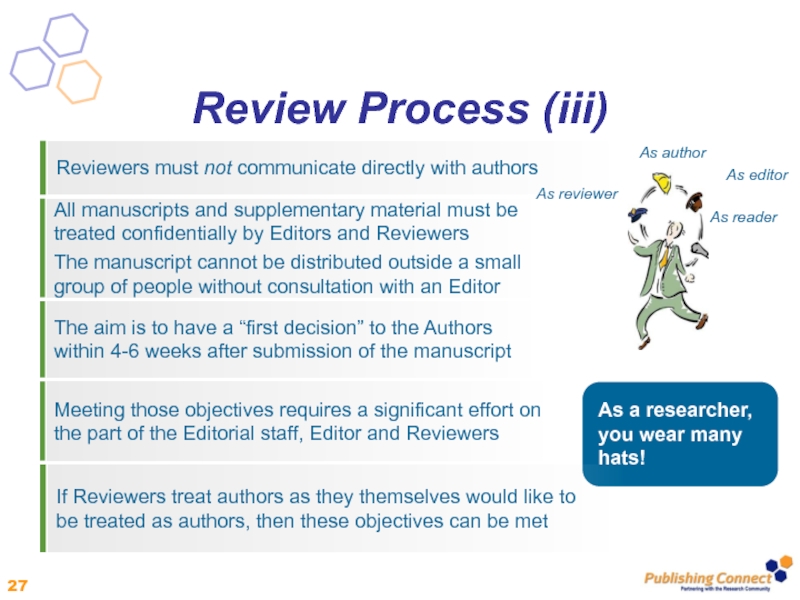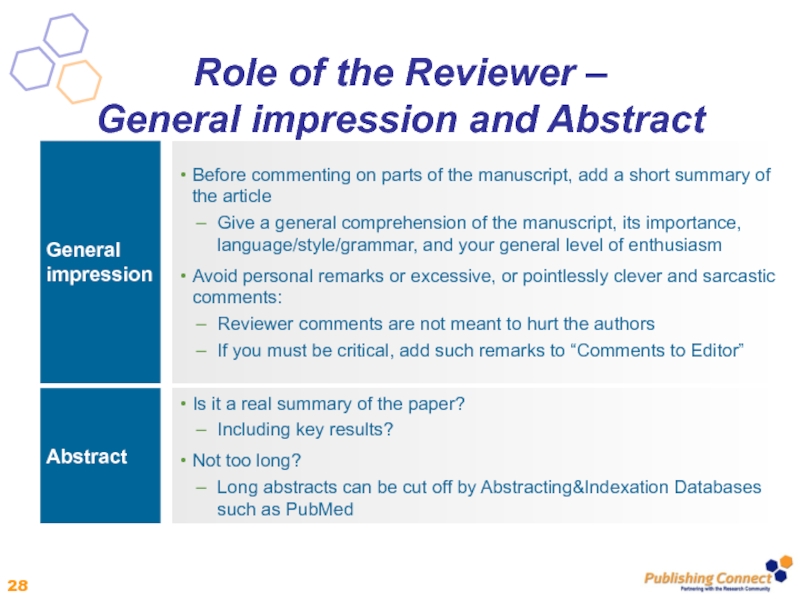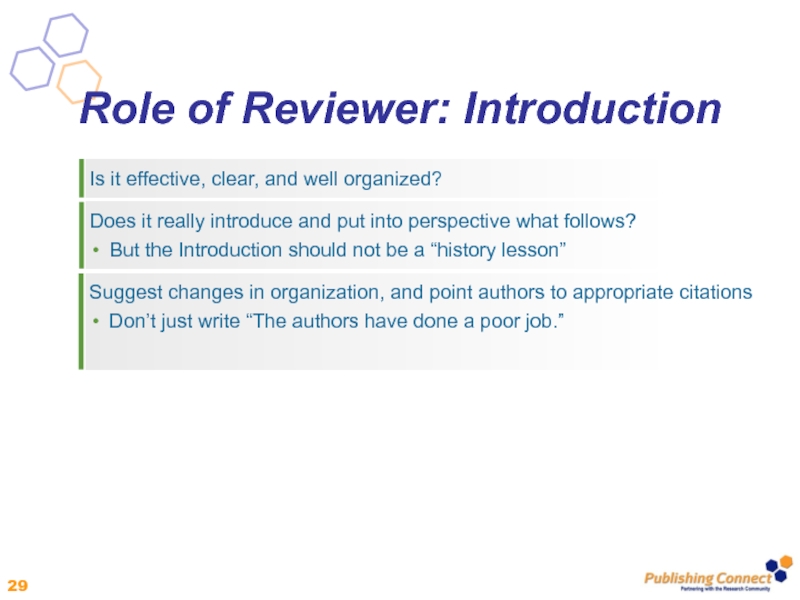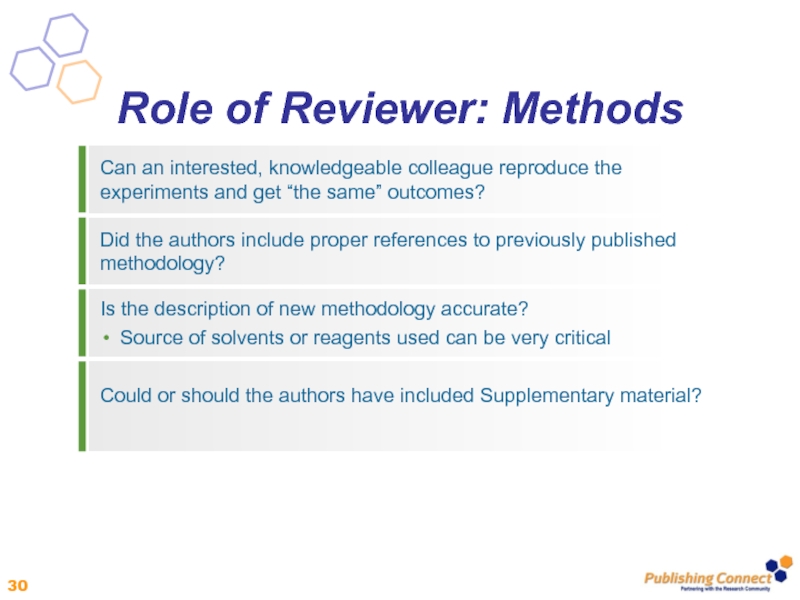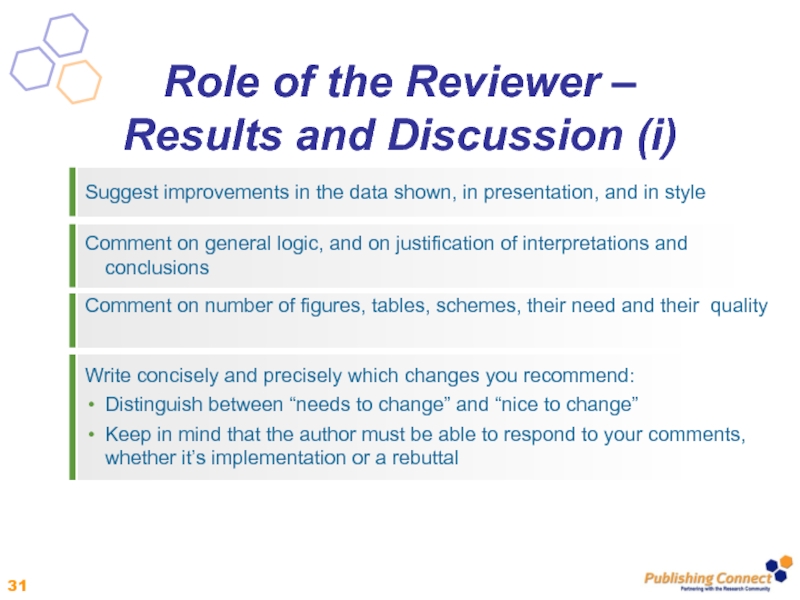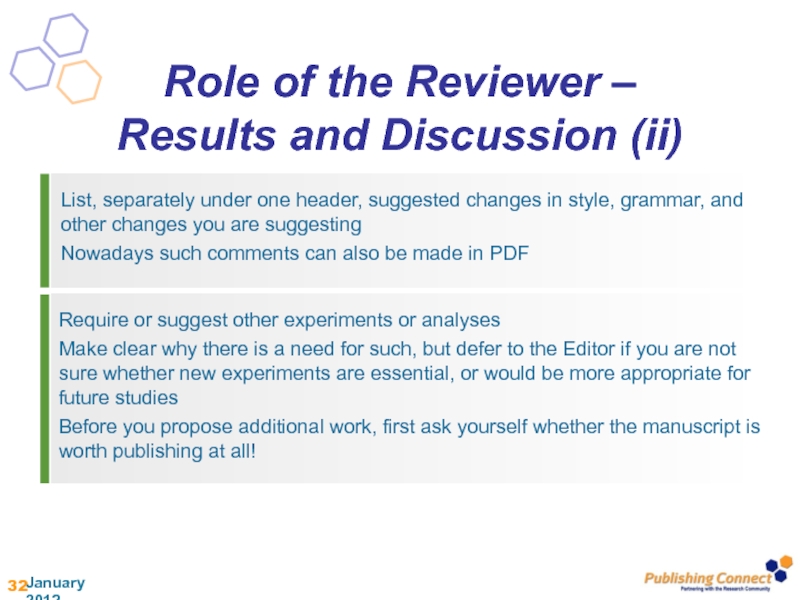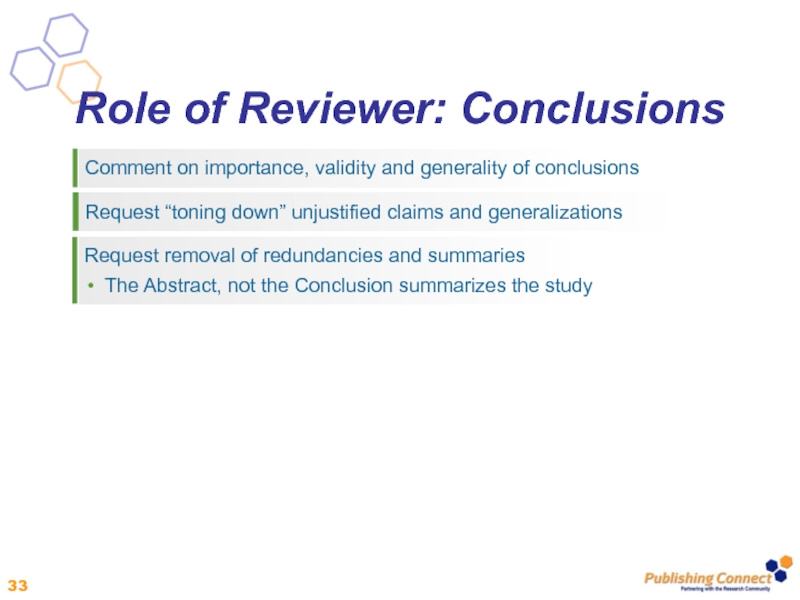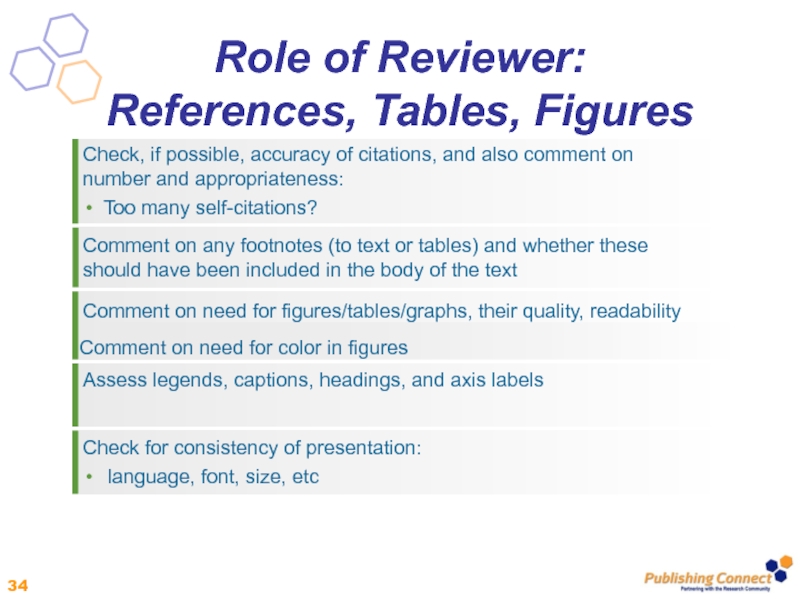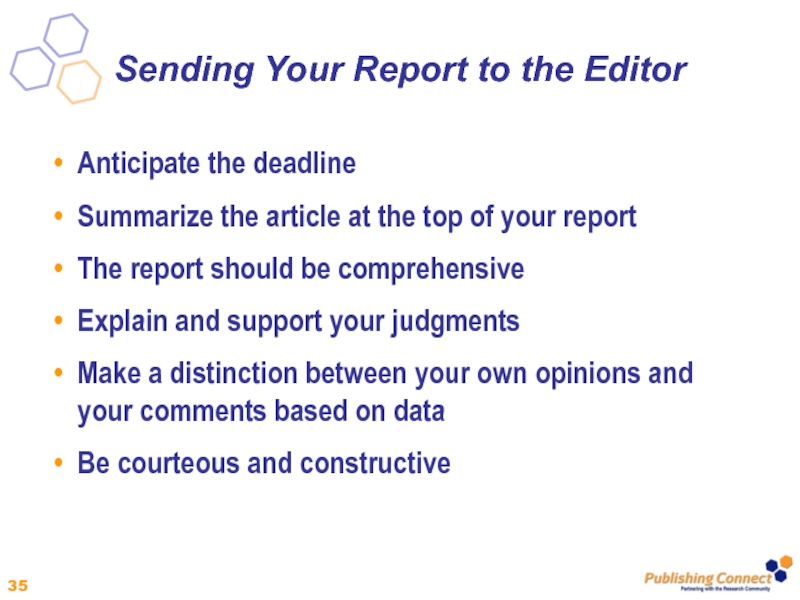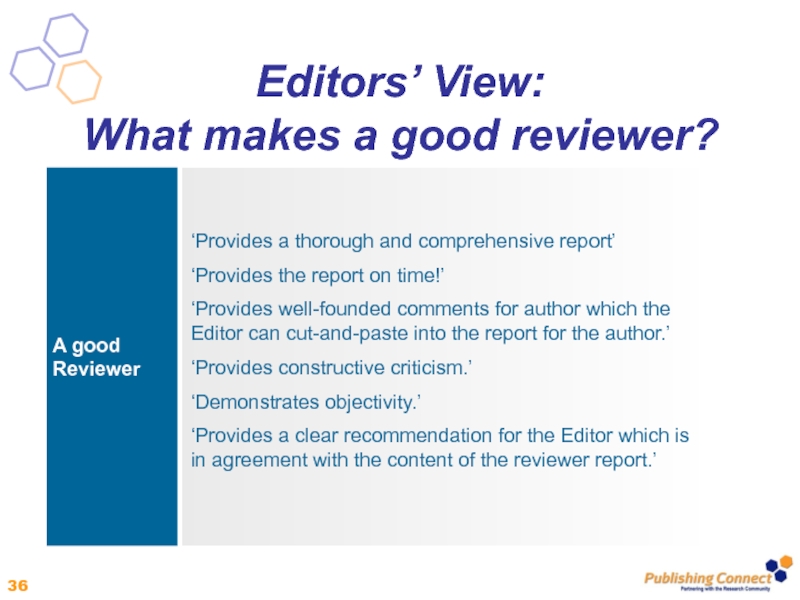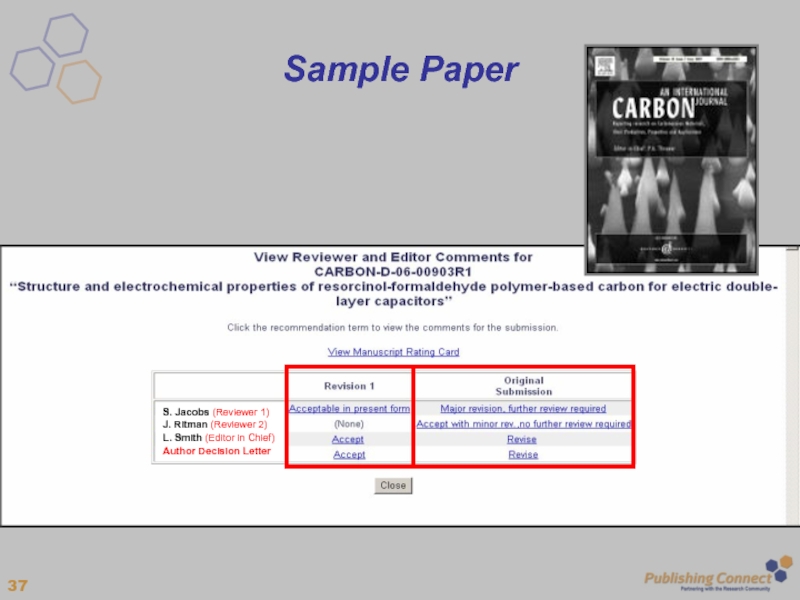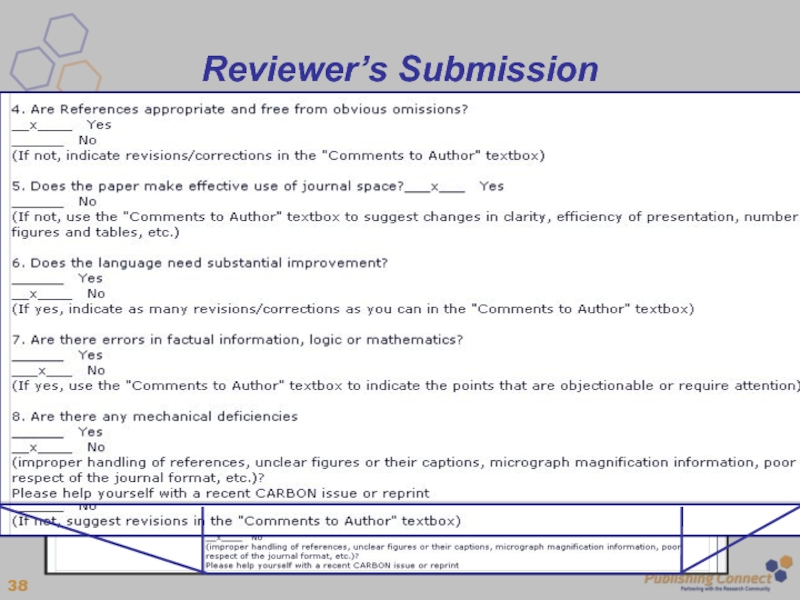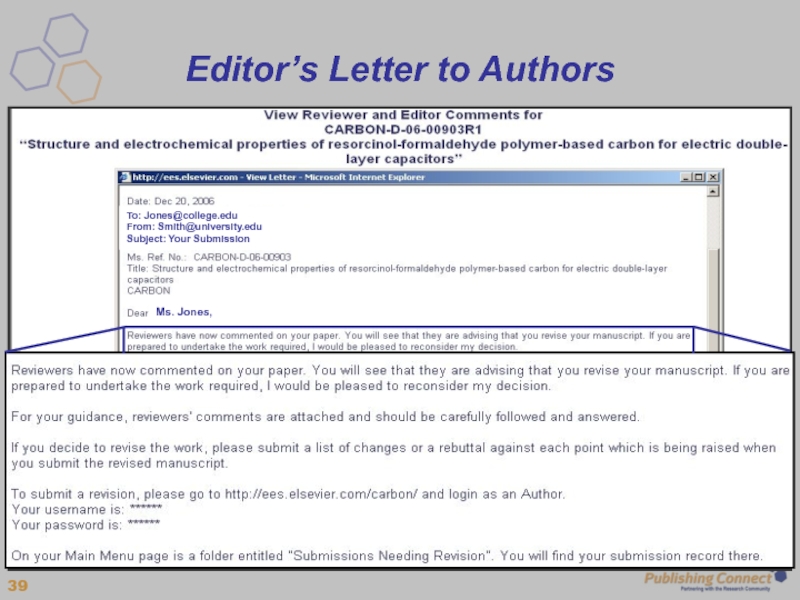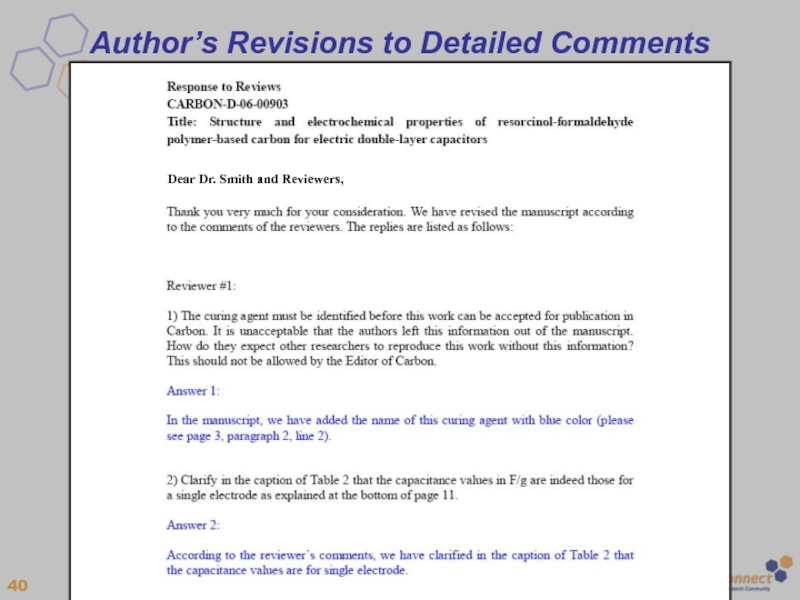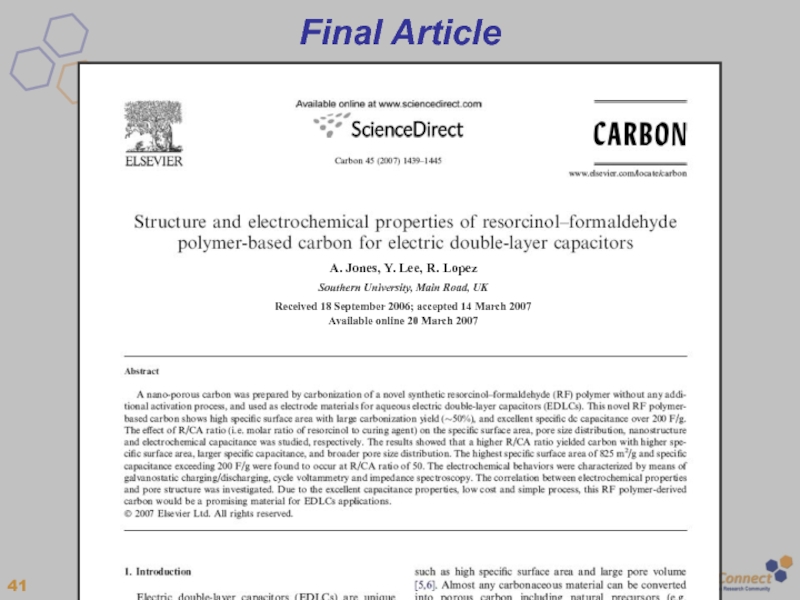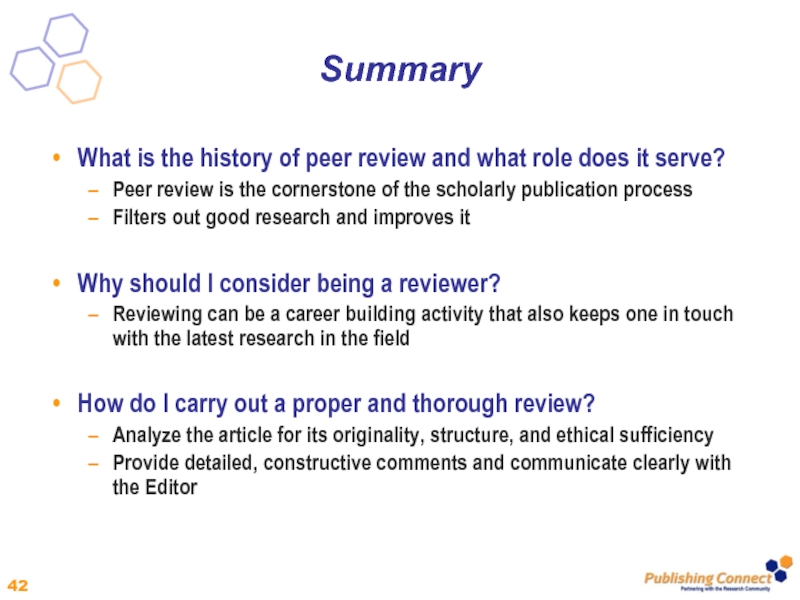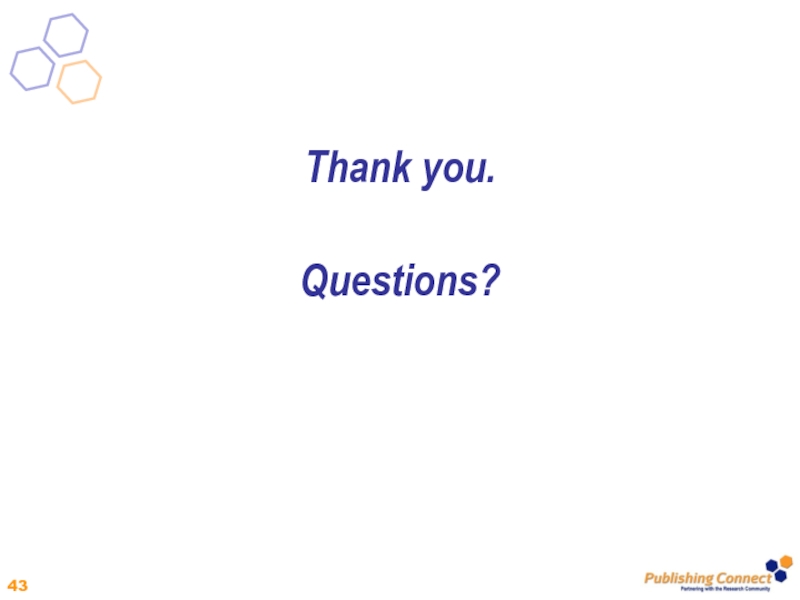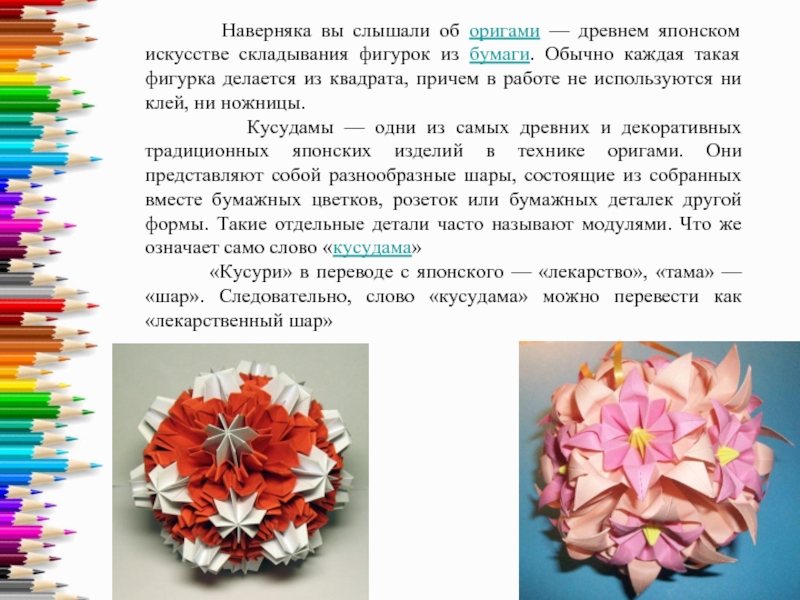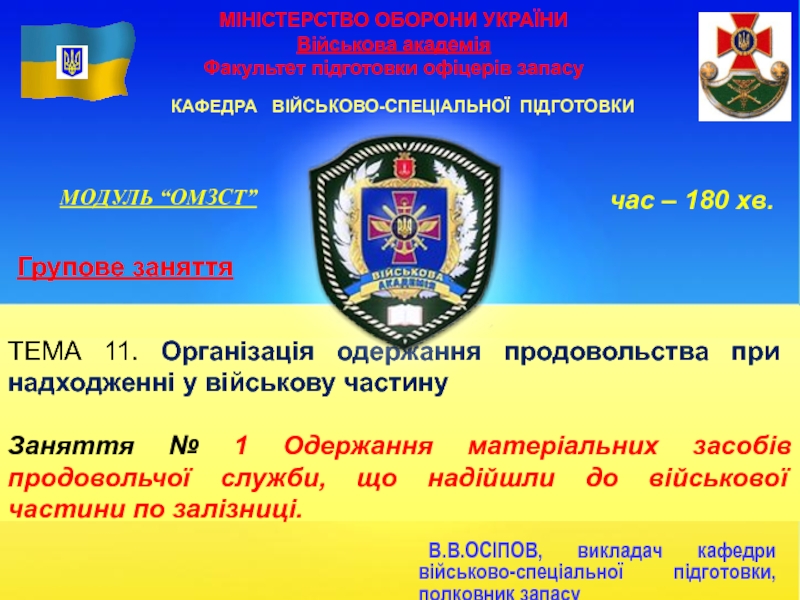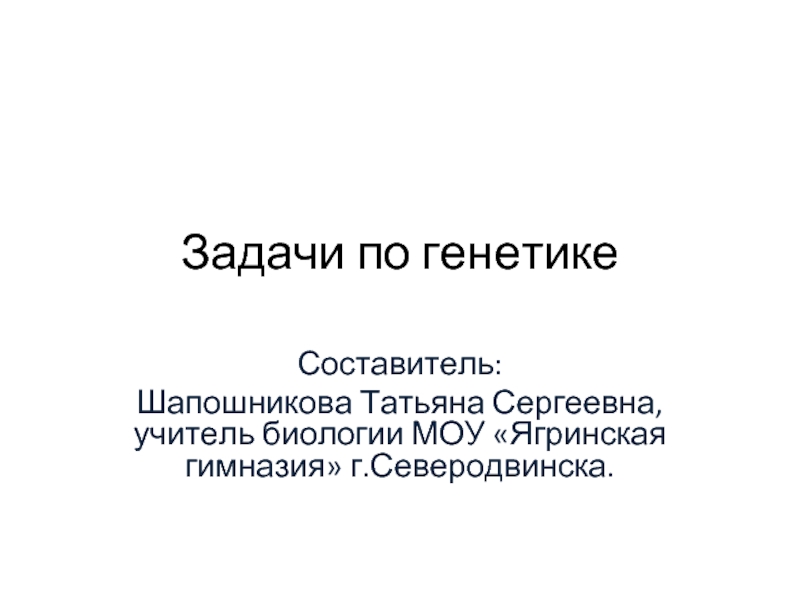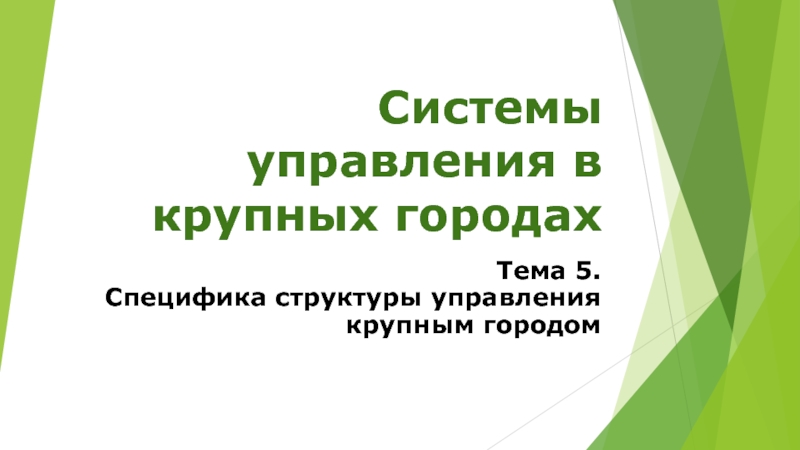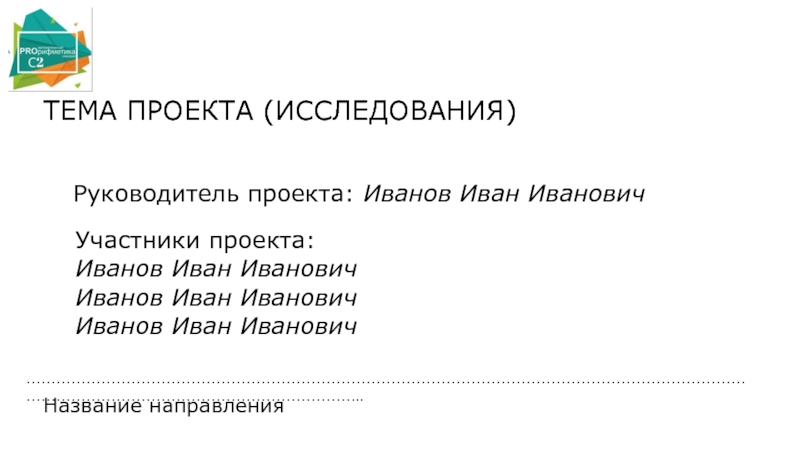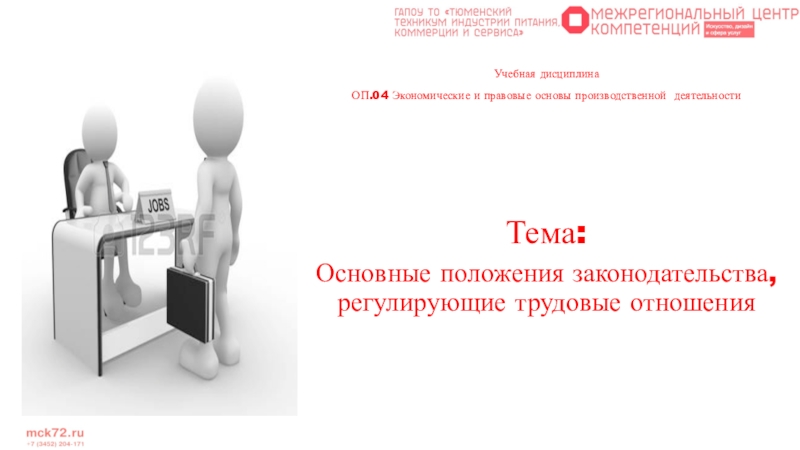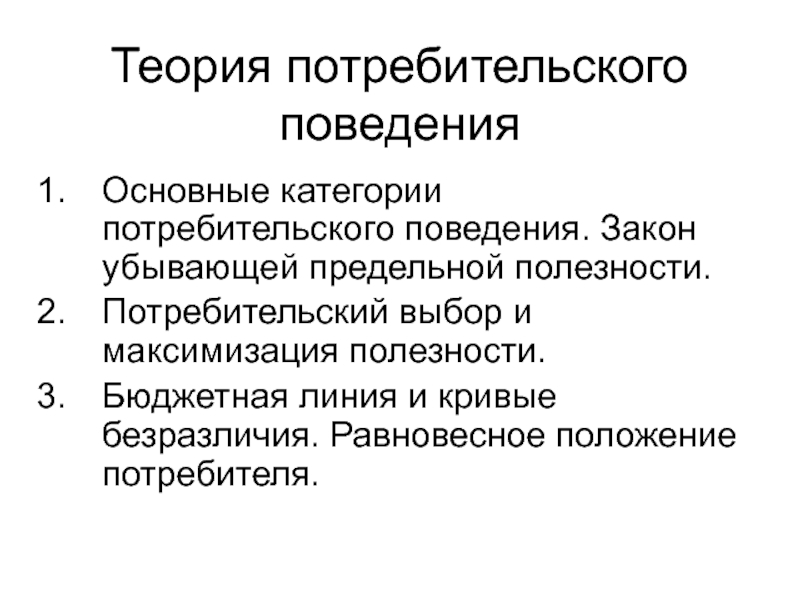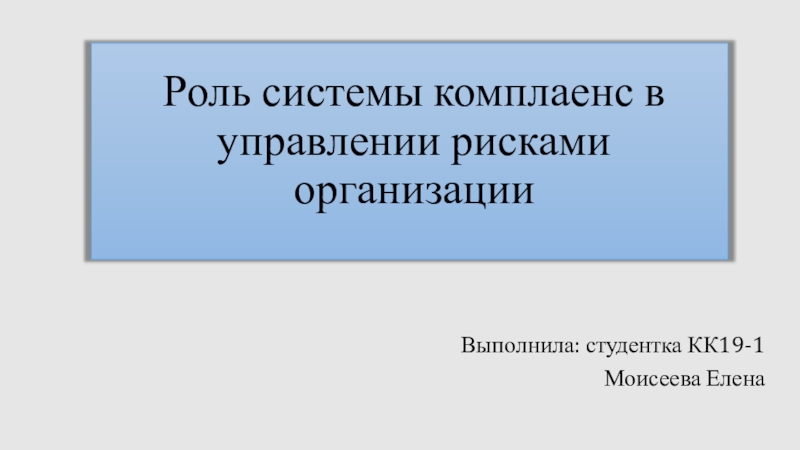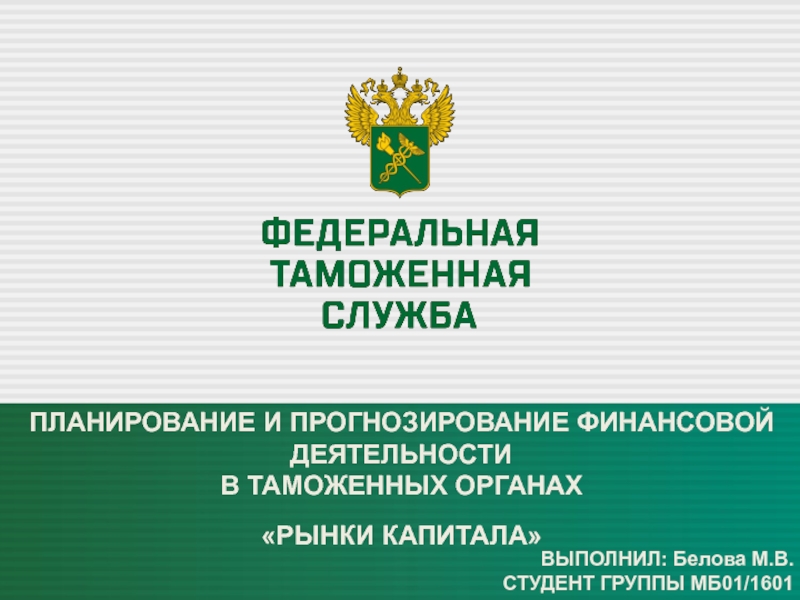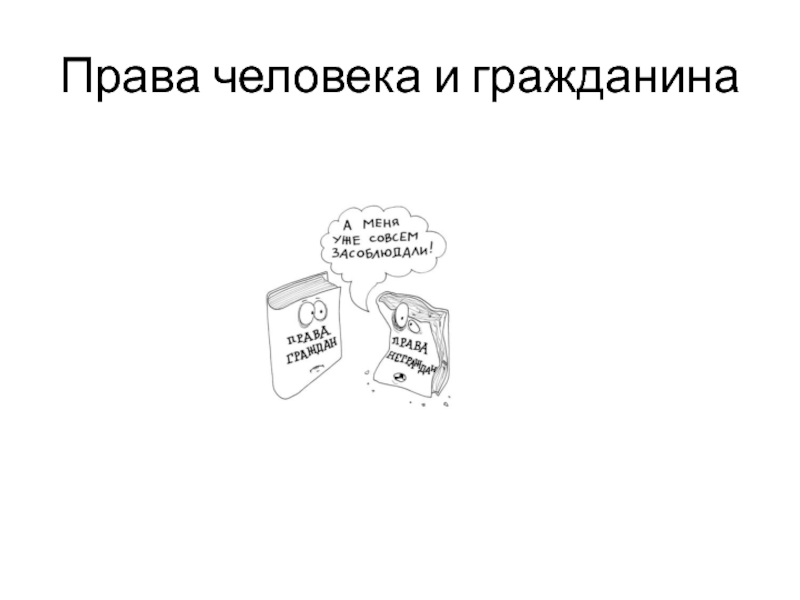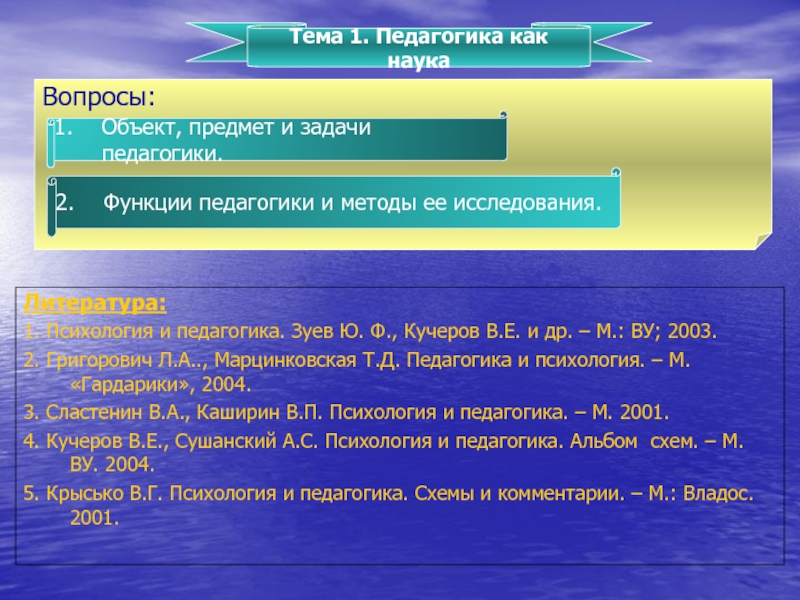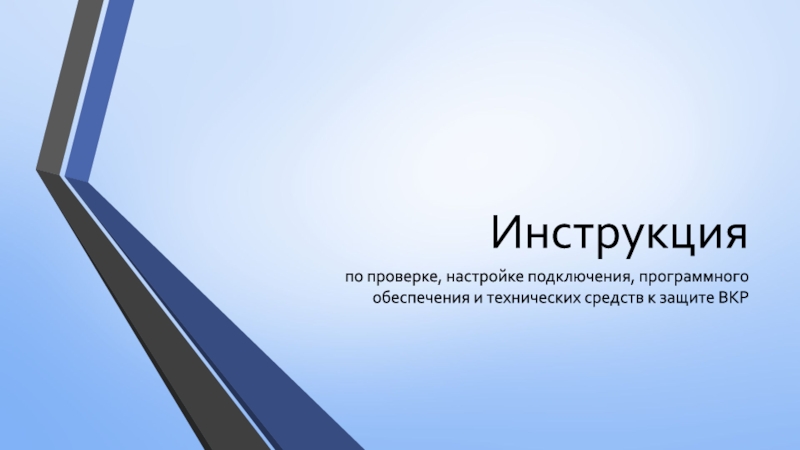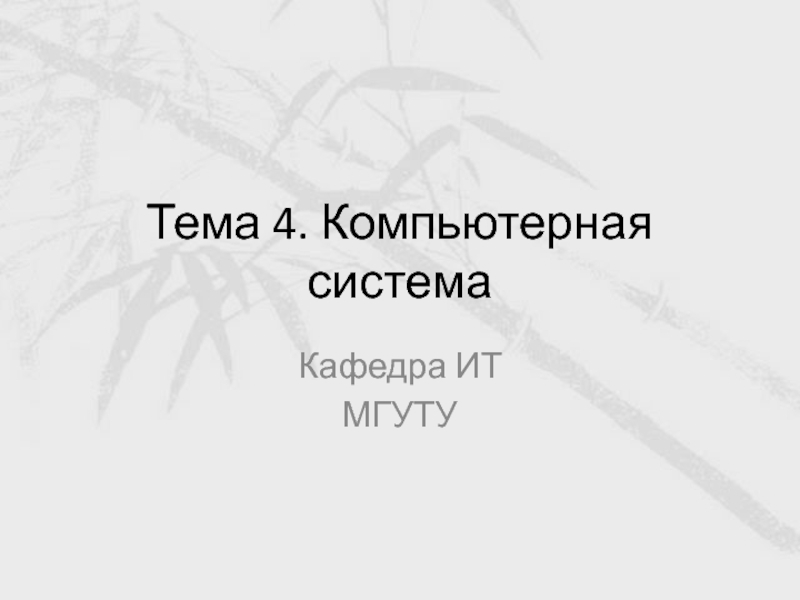Разделы презентаций
- Разное
- Английский язык
- Астрономия
- Алгебра
- Биология
- География
- Геометрия
- Детские презентации
- Информатика
- История
- Литература
- Математика
- Медицина
- Менеджмент
- Музыка
- МХК
- Немецкий язык
- ОБЖ
- Обществознание
- Окружающий мир
- Педагогика
- Русский язык
- Технология
- Физика
- Философия
- Химия
- Шаблоны, картинки для презентаций
- Экология
- Экономика
- Юриспруденция
How to Review a Paper
Содержание
- 1. How to Review a Paper
- 2. Opening QuestionWhy is peer review a part of the scholarly publishing process?
- 3. ObjectivesWhat is the history of peer review
- 4. What is the history of peer review and what role does it serve?
- 5. Background on Peer ReviewCornerstone of the whole
- 6. What is Peer Review?Peer Review has two
- 7. Different Types of Peer Review“Single blind” peer
- 8. Who conducts reviews and why do they do it?
- 9. Who Conducts Reviews?Scientific experts in specific fields
- 10. Why Do Reviewers Review?Fulfill an academic ‘duty’
- 11. Reasons for Reviewing(Peer Review Survey 2009)
- 12. Reviewing Generally(Peer Review Survey 2009)
- 13. Reasons for Declining to Review(Peer Review Survey 2009)
- 14. Purpose of Peer Review(Peer Review Survey 2009)
- 15. Time taken to review(Peer Review Survey 2009)
- 16. Collaboration during Review(Peer Review Survey 2009)
- 17. Considerations upon being asked to reviewExpertise/ competence
- 18. How do I carry out a proper and thorough review?
- 19. Overview of Peer Review ProcessPossible reviewer recommendationsRejected
- 20. Contact your Editor if you have questionsMaintain
- 21. Sufficiently novel and interesting to warrant publication?
- 22. Key sections are included and are laid
- 23. Relevant and importantConsistencyColorCaption length and appropriatenessFigures describe
- 24. Conducting the Review – Ethical IssuesPlagiarismFraudMedical ethical concerns
- 25. Review Process (i)Regular articles are initially reviewed
- 26. Review Process (ii)Januar 2012
- 27. Review Process (iii)
- 28. Role of the Reviewer – General impression
- 29. Role of Reviewer: IntroductionDoes it really introduce
- 30. Role of Reviewer: Methods
- 31. Role of the Reviewer – Results and
- 32. January 2012Role of the Reviewer – Results and Discussion (ii)
- 33. Role of Reviewer: ConclusionsComment on importance, validity
- 34. Role of Reviewer: References, Tables, FiguresCheck, if
- 35. Sending Your Report to the EditorAnticipate the
- 36. Editors’ View: What makes a good
- 37. Sample Paper
- 38. Reviewer’s Submission
- 39. Editor’s Letter to Authors
- 40. Author’s Revisions to Detailed Comments
- 41. Final Article
- 42. SummaryWhat is the history of peer review
- 43. Thank you.Questions?
- 44. Скачать презентанцию
Слайды и текст этой презентации
Слайд 1How to Review a Paper
Ewa Kittel-Prejs
Elsevier Journals Publishing Director
Eastern Europe Moscow, September 24-26th 2013
Слайд 3Objectives
What is the history of peer review and what role
does it serve?
Why should I consider being a reviewer?
How do
I carry out a proper and thorough review?Слайд 5Background on Peer Review
Cornerstone of the whole scholarly publication system
Maintains
integrity in the advancement of science
Well-established process over 300 years
oldСлайд 6What is Peer Review?
Peer Review has two key functions:
Acts as
a filter by ensuring only good research is published. Helps
to determine validity, significance and originalityImproves the quality of the research submitted for publication by giving reviewers the opportunity to suggest improvements
Слайд 7Different Types of Peer Review
“Single blind” peer review
“Double blind” peer
review
Open peer review
Experimental
Post-publication peer review
Dynamic peer review
NOT DISCLOSED
POST-PUBLICATION
Comments:
“………” 5
star rating“………” 3.5 star rating
Etc.
PRE-PRINT
Слайд 9Who Conducts Reviews?
Scientific experts in specific fields and topics
Young, old,
and mid-career
Average number of completed reviews is 8 per year*
*
“Peer Review in Scholarly Journals – perspective on the scholarly community: an international study”. M Ware and M Monkman. Publishing Research ConsortiumСлайд 10Why Do Reviewers Review?
Fulfill an academic ‘duty’
Keep up-to-date with
latest developments
Helps with their own research
Build associations with prestigious
journals and editorsRemain aware of new research
Develop one’s career
Contribute to the advancement of science
Слайд 17Considerations upon being asked to review
Expertise/ competence to review the
article
Necessary amount of time
Reviewing can be time consuming
Deadline stipulated by
Editor may be soon Conflicts of Interest
Examples:
if you work in the same department or institute as one of the authors
worked on a paper previously with an author
have a professional or financial connection to the article
Слайд 19Overview of Peer Review Process
Possible reviewer recommendations
Rejected due to poor
quality of research, major flaws in the paper, or out
of scopeAccept without revision
Accept, but needs revision either:
Minor
Major
Слайд 20Contact your Editor if you have questions
Maintain confidentiality
Your recommendations will
help Editor make the final decision
Set aside ample time to
conduct the reviewProvide constructive remarks
Typical evaluation criteria
1. Originality
2. Structure
3. Previous Research
4. Ethical Issues
Conducting the Review – General Points
Слайд 21Sufficiently novel and interesting to warrant publication?
Adds to the
canon of knowledge?
Answers an important research question?
Satisfies the journal’s
standards?Falls in the top 25% of papers in this field?
A literature scan of review articles can help the reviewer determine originality
Conducting the Review - Originality
Слайд 22Key sections are included and are laid out clearly
Title
Does it
clearly describe the article?
Abstract
Does it reflect what was done and
what the major findings were?Introduction
Does it clearly state the problem being investigated and accurately describe what the author hopes to achieve?
Normally, the introduction is one to two paragraphs long.
Does it summarize relevant research to provide context?
Does it explain what findings of others, if any, are being challenged or extended?
Methodology
Does it accurately explain how the data was collected?
Is the design suitable for answering the question posed?
Is there sufficient information present for you to replicate the research?
Does the article identify the procedures followed? Are these ordered in a meaningful way?
If the methods are new, are they explained in detail?
Was the sampling appropriate?
Have the equipment and materials been adequately described?
Does the article make it clear what type of data was recorded; has the author been precise in describing measurements?
Results
Clearly laid out and in a logical sequence?
The appropriate analysis has been conducted?
Are the statistics correct? If you are not comfortable with statistics advise the editor when you submit your report.
If any interpretation has been included in this section – it should not be
Discussion/ Conclusion
Are the claims in this section supported by the results, do they seem reasonable?
Have the authors indicated how the results relate to expectations and to earlier research?
Does the article support or contradict previous theories?
Does the conclusion explain how the research has moved the body of scientific knowledge forward?
References/Previous Research
If the article builds upon previous research does it reference that work appropriately?
Are there any important works that have been omitted?
Are the references accurate?
Conducting the Review - Structure
Слайд 23Relevant and important
Consistency
Color
Caption length and appropriateness
Figures describe the data accurately
Conducting
the Review – Tables & Figures
Fig.3. FE-SEM images of RFP-50
at 1,0000×Слайд 25Review Process (i)
Regular articles are initially reviewed by at least
2 reviewers
When invited, the Reviewer receives the Abstract of the
manuscriptThe Editor generally requests that the article be reviewed within 2-4 weeks
Limited extensions sometimes acceptable
Articles are revised until acceptance or rejection (in general, until the Editor decides that the Reviewers’ comments have been addressed satisfactorily by the Author)
The Reviewers’ reports provide advice for Editors reach a decision
The Reviewer is the one who recommends; the Editor decides!
Слайд 28Role of the Reviewer –
General impression and Abstract
General impression
Before commenting
on parts of the manuscript, add a short summary of the
articleGive a general comprehension of the manuscript, its importance, language/style/grammar, and your general level of enthusiasm
Avoid personal remarks or excessive, or pointlessly clever and sarcastic comments:
Reviewer comments are not meant to hurt the authors
If you must be critical, add such remarks to “Comments to Editor”
Abstract
Is it a real summary of the paper?
Including key results?
Not too long?
Long abstracts can be cut off by Abstracting&Indexation Databases such as PubMed
Слайд 29Role of Reviewer: Introduction
Does it really introduce and put into
perspective what follows?
But the Introduction should not be a “history
lesson”Is it effective, clear, and well organized?
Suggest changes in organization, and point authors to appropriate citations
Don’t just write “The authors have done a poor job.”
Слайд 31Role of the Reviewer –
Results and Discussion (i)
Write concisely and
precisely which changes you recommend:
Distinguish between “needs to change” and
“nice to change”Keep in mind that the author must be able to respond to your comments, whether it’s implementation or a rebuttal
Suggest improvements in the data shown, in presentation, and in style
Comment on general logic, and on justification of interpretations and conclusions
Comment on number of figures, tables, schemes, their need and their quality
Слайд 33Role of Reviewer: Conclusions
Comment on importance, validity and generality of
conclusions
Request removal of redundancies and summaries
The Abstract, not the Conclusion
summarizes the studyRequest “toning down” unjustified claims and generalizations
Слайд 34Role of Reviewer:
References, Tables, Figures
Check, if possible, accuracy of citations,
and also comment on number and appropriateness:
Too many self-citations?
Comment on
need for figures/tables/graphs, their quality, readabilityAssess legends, captions, headings, and axis labels
Check for consistency of presentation:
language, font, size, etc
Comment on need for color in figures
Comment on any footnotes (to text or tables) and whether these should have been included in the body of the text
Слайд 35Sending Your Report to the Editor
Anticipate the deadline
Summarize the article
at the top of your report
The report should be comprehensive
Explain
and support your judgmentsMake a distinction between your own opinions and your comments based on data
Be courteous and constructive
Слайд 36Editors’ View:
What makes a good reviewer?
A good Reviewer
‘Provides a
thorough and comprehensive report’
‘Provides the report on time!’
‘Provides well-founded comments
for author which the Editor can cut-and-paste into the report for the author.’‘Provides constructive criticism.’
‘Demonstrates objectivity.’
‘Provides a clear recommendation for the Editor which is in agreement with the content of the reviewer report.’
Слайд 42Summary
What is the history of peer review and what role
does it serve?
Peer review is the cornerstone of the scholarly
publication processFilters out good research and improves it
Why should I consider being a reviewer?
Reviewing can be a career building activity that also keeps one in touch with the latest research in the field
How do I carry out a proper and thorough review?
Analyze the article for its originality, structure, and ethical sufficiency
Provide detailed, constructive comments and communicate clearly with the Editor
